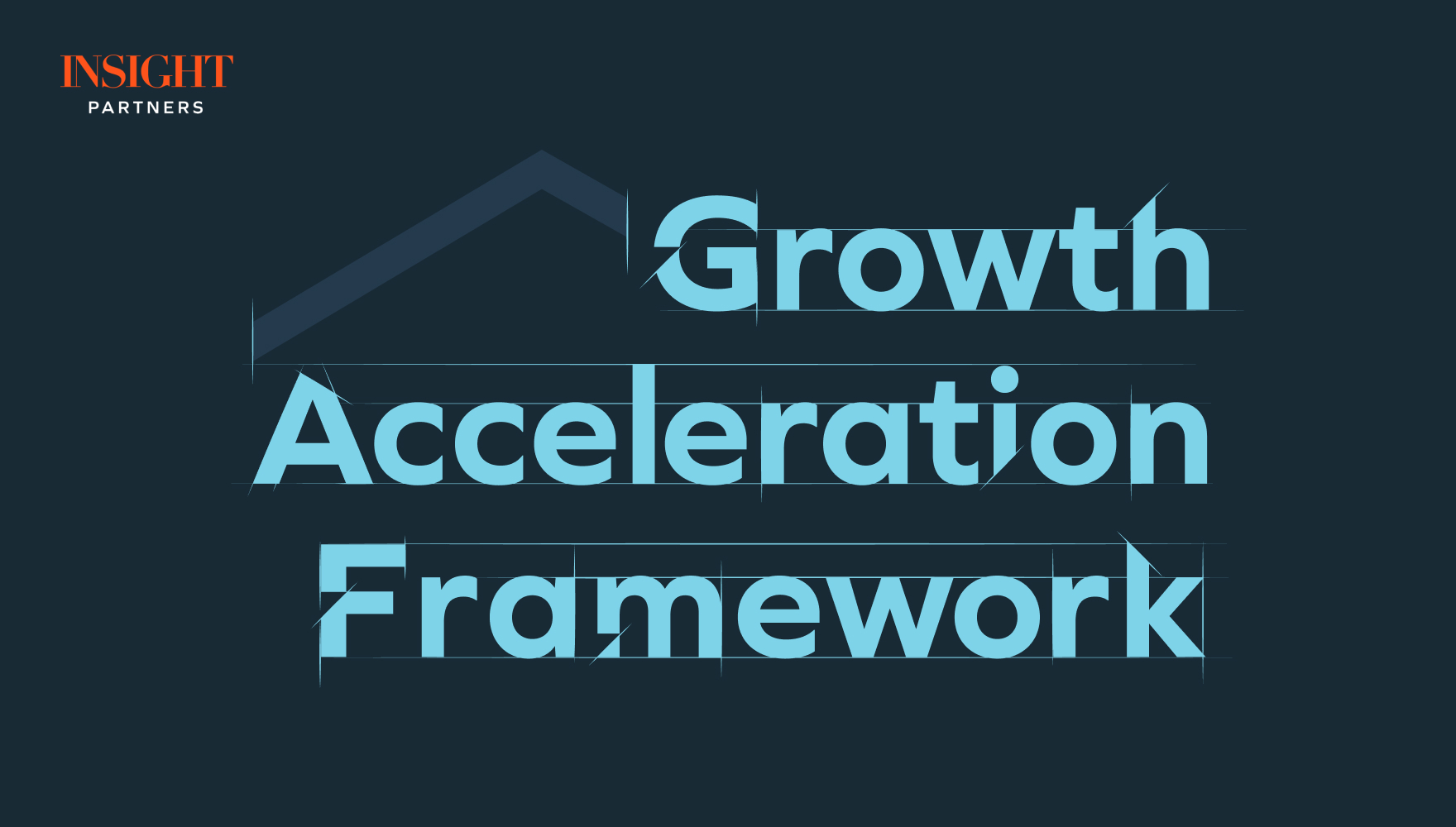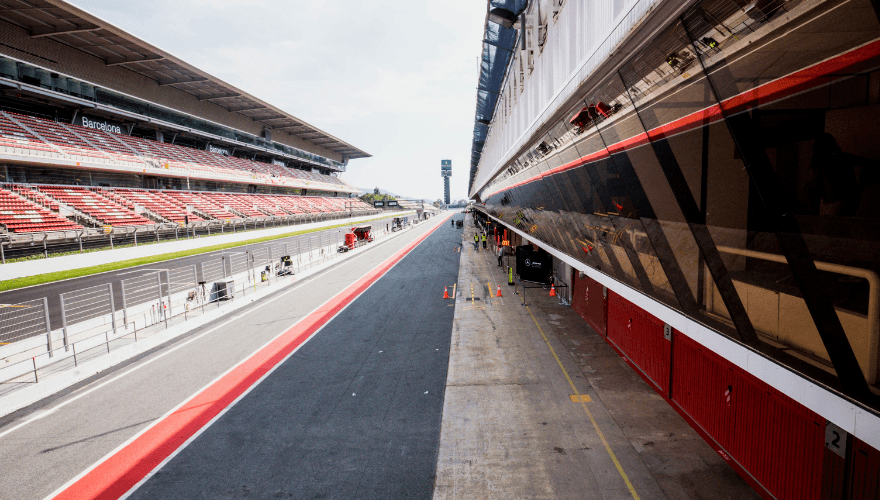
Behind the Investment: Velocity – Ushering in the Next Wave of Software Development

Imagine a world in which developers across the R&D team code and test in staging environments with all the tooling, tech relationships, data, APIs, and dependencies vital to applications. Eugenia, who supports the backend, is pushing code to list and support new titles on a streaming service. Supporting the frontend, Alex wants to test the titles to see how users will interact with the UI/UX, but either has to run Eugenia’s backend code locally and learn the backend or wait a few days for Eugenia to push her code to production. To make matters more complicated, Eugenia might migrate the data into a new schema, and then Alex has to run that migration locally. Alex is forced to maintain the backend--probably aided by Eugenia--or bottlenecks form, slowing down the overall software development lifecycle (SDLC) in both cases. Now limit your imagination, because this is the world we live in today. Today's developers are either stuck in staging bottlenecks or spending several hours a day (on average 20% of a developer’s time) standing up and maintaining these environments.
Why is the timing right?
This is not a new problem, but with the proliferation of microservices-based architectures this pain becomes even more acute: 1) the replication complexity and associated costs to build and maintain staging environments have increased exponentially; 2) with increased surface area for application dependencies across your microservices, the bottlenecks become larger. Companies that are developing software with a production environment (hard to think of ones that are not) can no longer afford to use shared staging environments and building on-demand environments requires a near-quantum leap in technical innovation. Enter Velocity, the DevOps platform enabling developers across the technical spectrum to rapidly spin up and destroy production-like, on-demand environments to test code. Instead of living in staging environments or forgoing them altogether, developers can now debug and test the committed code in the isolated environment by running a simple command or making a single click. Developers no longer have to maintain these environments, as they continuously synchronize with the production environment. Velocity is riding strong tailwinds as global professional developers grow from ~25M today to ~30M by 2025, and container spend increases from $2.3B in 2020 to $7B by 2024. Taken together, this spells massive headroom for Velocity's new on-demand, production-like environments market.
We learned quickly that Velocity is solving a massive developer pain point and delivering a quantifiable ROI for R&D managers and developers alike, making the choice to buy or build a no-brainer. For them, building the on-demand infrastructure is not their core business, so they inevitably lose the battle before actually starting it.
We at Insight could not be prouder to lead Velocity's $17M Series A, joined by existing investors Greycroft and Hetz Ventures, as it ushers in a new wave of software development and stays true to its name by increasing SDLC velocity! We're grateful for the opportunity to join Velocity in the early innings of their long-term journey and to formally welcome Velocity to the Insight family.









